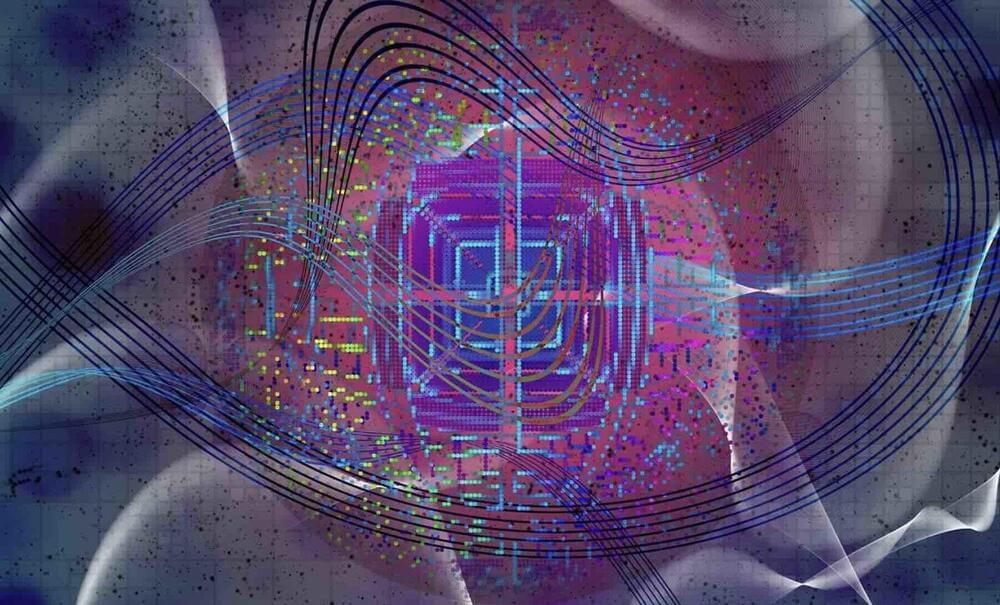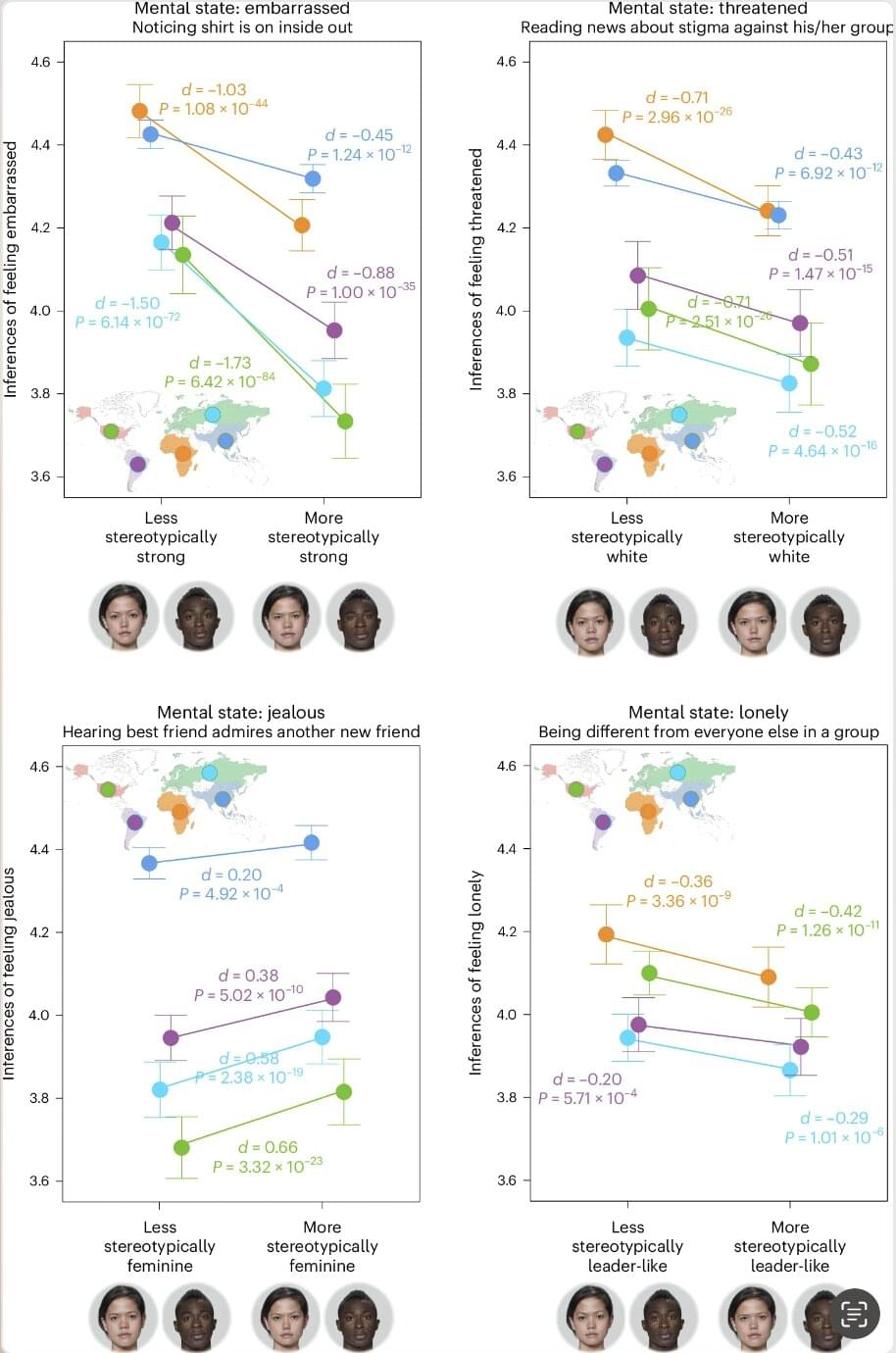CMOS manufacturing has been harnessed for optical transceivers, and some companies are now looking to build photonic circuits for sensing, quantum science and more.
Researchers have demonstrated a new method for storing and retrieving quantum information, marking a leap forward for quantum memory.
Researchers have discovered that certain disordered superconductors exhibit abrupt phase transitions, a finding that challenges established theories and could have implications for quantum computing.
A study published in Nature by researchers investigating indium oxide films — a highly disordered superconductor — shows that their transition from a superconducting to an insulating state is not gradual, as traditionally assumed, but sudden. This abrupt shift, known as a first-order quantum phase transition, contrasts with the commonly observed continuous, second-order transitions in superconductors.
Key measurements revealed a sharp drop in superfluid stiffness — which is a property that reflects the superconducting state’s ability to resist phase distortions — at a critical level of disorder. Interestingly, the critical temperature of these films, where superconductivity breaks down, no longer depended on the strength of electron pairing but rather on the superfluid stiffness. This behavior aligns with a pseudogap regime, where electron pairs exist but lack the coherence needed for superconductivity.
Join NVIDIA CEO Jensen Huang at CES on January 6 at 6:30 p.m. PT for an exclusive look at groundbreaking innovations in AI, gaming, robotics, and beyond.
Google is establishing a team to build AI that can simulate the physical world, led by one of the former co-leads on OpenAI’s Sora model.
A Global 5G Community, fostering a community and ecosystem around the development of 5G applications.
Collaborative work by amateur and professional astronomers has helped to resolve a long-standing misunderstanding about the composition of Jupiter’s clouds. Instead of being formed of ammonia ice—the conventional view—it now appears they are likely to be composed of ammonium hydrosulfide mixed with smog.
The findings have been published in the Journal of Geophysical Research: Planets.
The new discovery was triggered by amateur astronomer, Dr. Steven Hill, based in Colorado. Recently, he demonstrated that the abundance of ammonia and cloud-top pressure in Jupiter’s atmosphere could be mapped using commercially-available telescopes and a few specially colored filters.
Computer scientists at the University of California San Diego have developed a method for generating highly realistic computer-generated images of fluid dynamics in elements such as smoke.
This research, conducted by the UC San Diego Center for Visual Computing, was presented at the SIGGRAPH Asia 2024 conference, where it received a Best Paper Honorable Mention for its contributions to computer graphics and physics-based simulation. The paper is published in ACM Transactions on Graphics.
To demonstrate the power of their approach, the team compared an iconic photograph from the 1980 eruption of Mount Saint Helens volcano in Washington State to a computer-generated rendering of a volcanic smoke plume created using their new method. The resulting simulation captures the intricate, multi-scale billowing of the smoke plume, including its twisting, curling motion and delicate turbulence, which are hallmarks of realistic fluid behavior.
When we first meet another person, we typically form an initial impression of them based on their facial features and appearance. These first impressions of others could potentially influence our subsequent cognitive processes, such as what mental states we believe that the people we meet are experiencing at a given time.
Researchers at the University of California San Diego (UCSD), the California Institute of Technology and Dartmouth College carried out a study investigating the potential relationship between first impressions of faces and the inference of mental states. Their findings, published in Nature Human Behavior, suggest that first impressions of faces influence the inference of other people’s mental states.
“Over the years there have been a lot of surprising findings showing how first impressions from faces can predict important outcomes, such as which candidates would win an election, which politicians would be convicted of corruption, and which offenders would be sentenced to death,” Chujun Lin, first author of the paper, told Medical Xpress.








